Higher classification Arion | Superfamily Arionoidea Genus Arion Rank Species | |
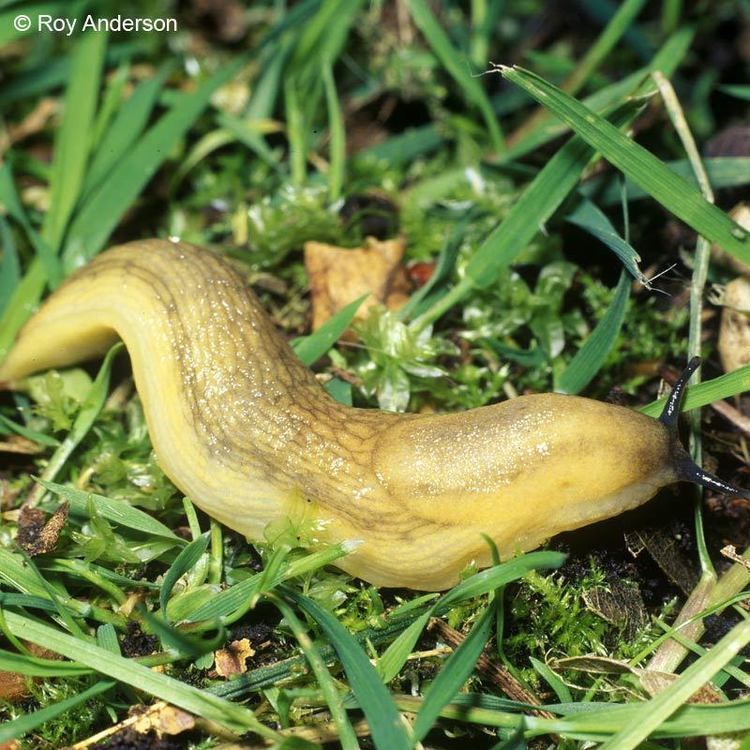 | ||
Similar Arion, Arion circumscriptus, Arion silvaticus, Gastropods, Molluscs | ||
Arion fasciatus slug lunch orange mycena mushroom
Arion fasciatus, also known by its common name the Orange-banded Arion, is a species of air-breathing, completely shell-less, land slug, a terrestrial pulmonate gastropod mollusk in the family Arionidae, the round-back slugs, first described by Sven Nilsson in 1823.
Contents
- Arion fasciatus slug lunch orange mycena mushroom
- Distribution
- Description
- Feeding habits
- Taxonomy
- References
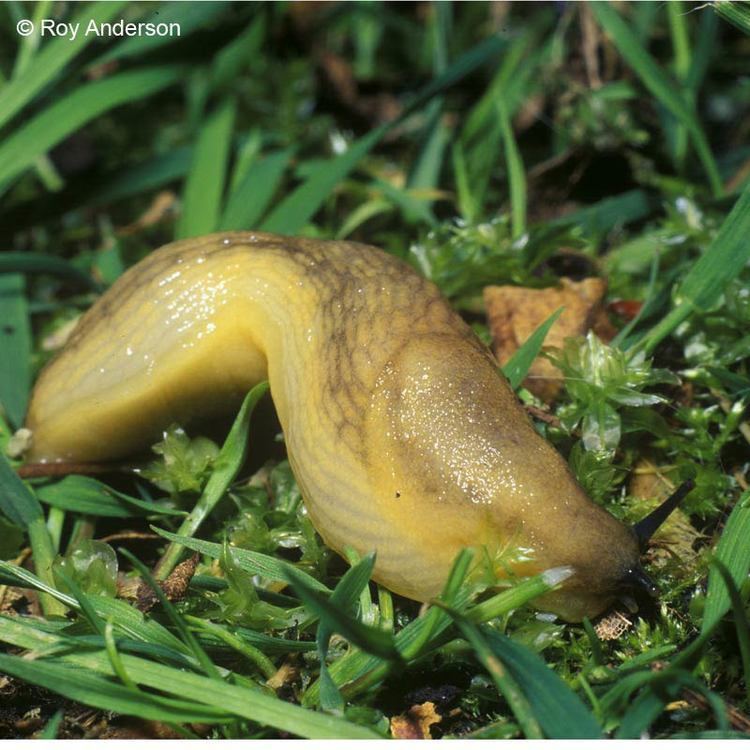
Distribution
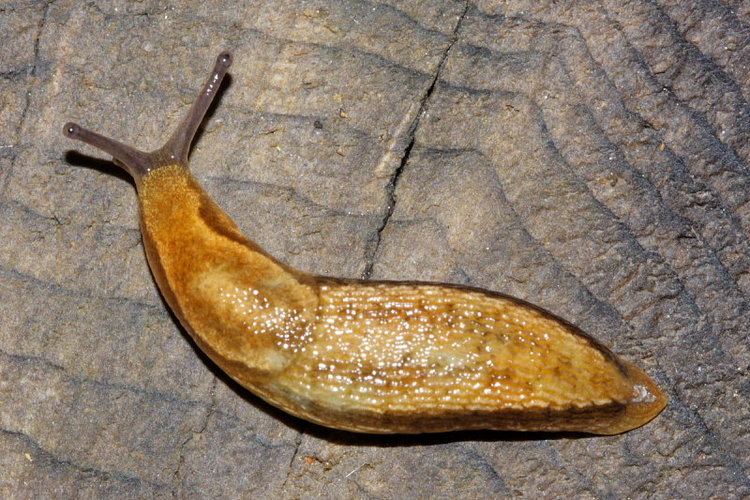
Arion fasciatus are originally from Northern Europe, but spread to other cool, wet climates, including the British Isles, Canada and the Northern United States. They originally got across the Atlantic Ocean during the colonial era. These slugs are generally found in ecotonal habitats.
Description
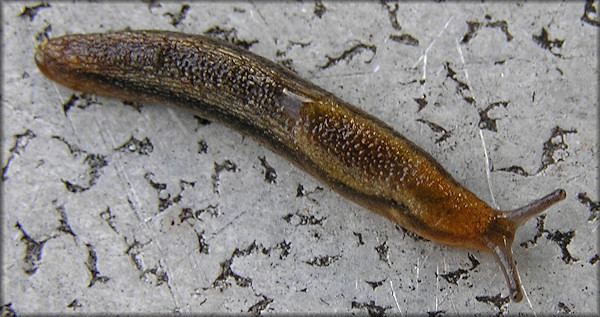
Arion fasciatus is very similar to most slugs in almost all ways. They are hermaphroditic with a head, mantle, and foot. They have two sets of retractable tentacles on their heads. The upper pair have light sensing organs, and the lower two are used to smell. These slugs have a mantle that covers much of the top of the first third of the body, with its pneumostome located on the back right portion of the mantle.
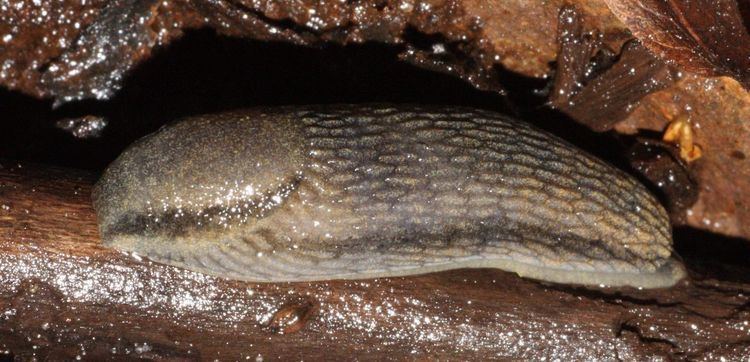
The foot has three sections horizontally across, and in the middle, on the head, is where the mouth and radula is. The orange banded arion has a darkened stripe that extends along the entire body and mantle length on both sides of the body, and is gray, off-white, or tan, with a very light colored foot.
Arion fasciatus is about six centimeters in length when moving, secreting a clear mucus behind it. However, when disturbed, the mucus becomes denser and stickier. A study found that the thicker mucus can prevent predation by Carabid beetles, but that this mucus becomes exhausted after three minutes of stimulation. It then takes up to a day to get mucus production up to pre-attack levels, leaving the slug susceptible to other predators.
Feeding habits
A study was done on the eating habits of Arion fasciatus, which found that it does not find fresh leaves as palatable, likely because they generally feed under the leaf litter layer. This is not to say that the orange-banded arion does not eat fresh vegetable matter.
This study also found that the diet of the orange-banded arion is variable throughout the year. For example, an increase in animal material during May and June. The hypothesis is that during the colder months slugs don't move much under the leaf litter, and take in a lot of leaves where the chlorophyll as already broken down, and during the warmer months, they take advantage of the earthworms and small arthropods who have high mortality rates.
Taxonomy
The original description of the three slugs in the subgenus Carinarion, Arion (Carinarion) fasciatus, Arion (Carinarion) silvaticus and Arion (Carinarion) circumscriptus was based on small differences in body pigmentation and details of the genital anatomy. A recent study of these morphospecies (typological species) claims that previous studies had shown that body colour in these slugs may be influenced by their diet, and the genital differences were not confirmed by subsequent multivariate morphometric analyses.Analysis of alloenzyme and albumen gland proteins had given conflicting results.Also that evidence of interspecific hybridization in places where these predominantly self-fertilizing slugs apparently outcross contradicted their status as biological species. Molecular studies led to the conclusion that the three members of Carinarion are a single species-level taxon. The name Arion fasciatus has priority.
